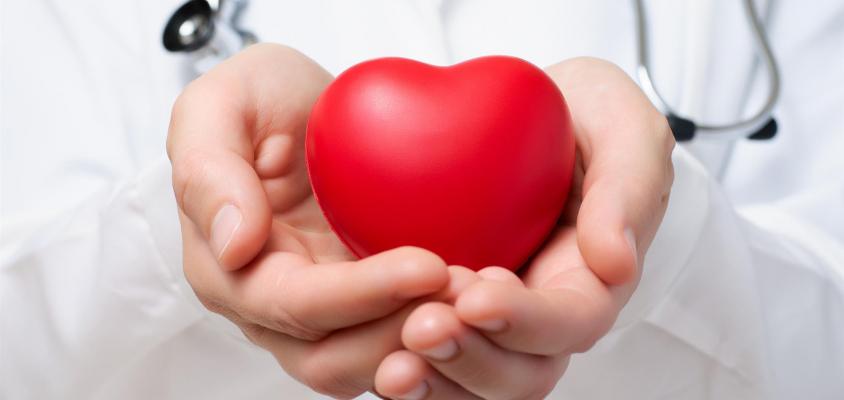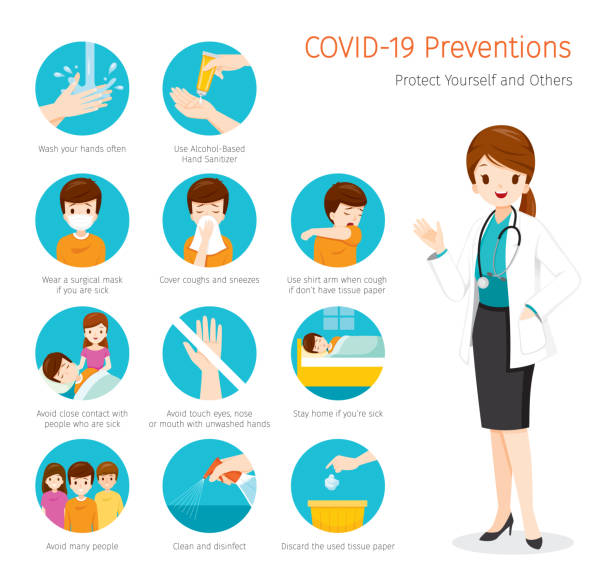
Despite the global impact of malnutrition, the evidence on effective malnutrition treatment is relatively limited. There are many studies that have not been randomized, and there is often heterogeneity among them. This makes it difficult for researchers to assess whether a specific approach is effective. We need to improve the effectiveness and efficiency of malnutrition treatment by increasing our knowledge about the causes and most effective interventions.
Malnutrition treatment involves the assessment of patients by a health care professional. This includes recommendations for nutrition advice and feeding schedules. Also, individual approaches are required. The involvement of a dietitian in malnutrition treatment is common. It also involves the assessment of the individual's nutrient requirements. A comprehensive nutritional evaluation should consider the individual's dietary and nutritional needs.
Also, a comprehensive nutritional assessment should address malnutrition's causes. Studies suggest that nutrition-sensitive interventions promote food security, sanitation, clean water, women's empowerment and social safety nets. They could also reduce the incidence of malnutrition. They should also address the barriers to screening, treatment, and the obstacles faced by healthcare professionals.

Malnutrition treatment involves both individualized and comprehensive approaches. In some cases, individualized approaches may prove to be more effective. They can also be frustrating for patients. They may believe they are healthy and resist weight gain. The results of a study that compared the costs of treating malnutrition with those of providing usual care showed that malnourished patients had longer hospital stays, unplanned readmissions and higher resource utilisation. Also, malnourished patients tend to have a higher adjusted healthcare expense per year.
Comprehensive malnutrition treatment requires the involvement of many professionals such as medical doctors, dieticians and dental practitioners. It requires the participation of patients as well as caregivers. It is difficult to determine the active ingredient in a particular treatment because of these factors.
The prevalence of malnutrition is increasing. Children under 5 years old are more likely to be malnourished than adults. People living in developing countries and those with poor income or health status are at greater risk. Senior citizens are more susceptible to malnutrition. Malnutrition is caused by insufficient diet or reduced ability to digest food. Malnutrition may also occur due to medical conditions, medication, or problems with nutrient absorption. Research is needed to determine the causes of malnutrition.
Research into malnutrition treatment is essential, as it has a significant impact on individuals and the healthcare system. We will discuss current treatment options for malnutrition and the knowledge gaps that still need to be filled. Moreover, we highlight a need for better harmonisation of study design and methodologies. Harmonization can help improve the quality of research and make it easier to pool individual patient data.

Malnutrition treatment strategies should target the most significant causes. Understanding how anorexia occurs, for example, is crucial if it is caused by side effects of medications. Awareness of malnutrition will increase if we have a better understanding about the causes.
FAQ
Supplements and herbs can improve immunity
To boost immunity function, herbs and natural remedies are available. Some common examples include garlic, ginger, oregano oil, echinacea, ginkgo biloba, and vitamin C.
These herbal remedies should not be used in place of conventional medical treatment. These herbal remedies can cause nausea, diarrhea and stomach cramps. They can also cause dizziness, headaches, dizziness, allergic reactions, and stomach pains.
Exercise: Good or bad for immunity?
Exercise is good to your immune system. When you exercise, your body produces white blood cells which fight off infections. You can also eliminate toxins from the body. Exercise can prevent heart disease, cancer, and other diseases. Exercise can help reduce stress.
Exercising too frequently can make your immune system weaker. If you work out too hard, your muscles become sore. This can cause inflammation and swelling. In order to fight off infection, your body must produce more antibodies. This can lead to allergic reactions and other autoimmune disorders.
So, don't overdo it!
How does an antibiotic work?
Antibiotics are medications that kill harmful bacteria. Antibiotics are used for treating bacterial infections. There are many options for antibiotics. Some are administered topically, while others are given orally.
For people who have been exposed, antibiotics are often prescribed. One example is if someone has had chickenpox and wants to prevent shingles. A penicillin injection might be given to prevent pneumonia in someone who has had strep.
If antibiotics are to be administered to children, they must be prescribed by a doctor. Children are more likely to experience side effects than adults from antibiotics.
Diarrhea is one of the most common side effects of antibiotics. Other side effects that could occur include nausea, vomiting and dizziness. These side effects typically disappear once treatment is complete.
Which 10 foods are your favorite?
The top 10 best foods are:
-
Avocados
-
Berries
-
Broccoli
-
Cauliflower
-
Eggs
-
Fish
-
Grains
-
Nuts
-
Oats
-
Salmon
What can I do to lower my blood pressure?
It is important to first understand what high blood pressure is. Next, you must determine the cause and take steps to decrease it. These could include eating less salt and losing weight if needed, as well as taking medication if necessary.
Also, make sure to get enough exercise. If you don’t have enough time to exercise regularly, consider walking more often.
A gym membership is a good idea if you don't like how much exercise your doing. You'll probably want to join a gym where there are other people who share your goals. It's much easier to follow a routine if someone is with you at the gym.
Is cold a sign of a weak immune response?
There are two types of people in the world: those who love winter and those that hate it. But whether you love or hate it, you may find yourself wondering why you feel so lousy when it's cold out.
The truth is that our bodies are built to function in warm temperatures. We evolved to thrive in hot environments because of the abundance of food resources.
But now we live in an environment that is very different from how our ancestors lived. We spend a lot more time indoors, and are more likely to be exposed to extreme temperatures like heat and cold.
Because of this, our bodies have become accustomed to extremes. That means that when we do venture outdoors, we're left feeling tired, sluggish, and even sick.
There are ways to combat these effects though. The best way to avoid these problems is to ensure that your body stays hydrated throughout the day. You can help flush out toxins and keep your body hydrated by drinking plenty of water.
Also, ensure you eat healthy food. Consuming healthy food helps maintain your body's optimal temperature. This is especially beneficial for anyone who spends a lot of time inside.
It is worth taking a few extra minutes each day to meditate. Meditation is a great way to relax your body and mind. It makes it easier for you to cope with stress and illness.
What is the problem with BMI?
BMI is the acronym for Body Mass Index. It measures body fat based upon height and weight. Here is how to calculate BMI using the following formula.
The weight of a kilogram divided by its squared height in meters.
The result is expressed as a number from 0 to 25. A score of 18.5 indicates that you are overweight and a score of 23 indicates that you are obese.
A person who is 100kg and 1.75m tall will have a 22 BMI.
Statistics
- This article received 11 testimonials and 86% of readers who voted found it helpful, earning it our reader-approved status. (wikihow.com)
- The Dietary Guidelines for Americans recommend keeping added sugar intake below 10% of your daily calorie intake, while the World Health Organization recommends slashing added sugars to 5% or less of your daily calories for optimal health (59Trusted (healthline.com)
- According to the 2020 Dietary Guidelines for Americans, a balanced diet high in fruits and vegetables, lean protein, low-fat dairy and whole grains is needed for optimal energy. (mayoclinichealthsystem.org)
- In both adults and children, the intake of free sugars should be reduced to less than 10% of total energy intake. (who.int)
External Links
How To
27 Steps to achieve a healthy lifestyle when your family only buys junk food
Cooking at home is the most popular way to eat healthily. This is difficult for people who don't know how to cook healthy meals. This article will give you some tips on how to make healthier choices when eating out.
-
Consider eating at restaurants that serve healthy meals.
-
Before ordering meat dishes, order salads and other vegetables.
-
Ask for sauces with no added sugar.
-
Avoid fried food.
-
Instead of ordering fried meats, request grilled meats.
-
Do not order dessert unless you really need it.
-
After dinner, make sure you have something to eat.
-
Always eat slowly and chew your food thoroughly.
-
Eat water.
-
Don't skip breakfast and lunch.
-
Include fruit and vegetables with every meal.
-
Drink milk rather than soda.
-
Avoid sugary beverages
-
Limit the amount of salt in your diet.
-
Try to limit your frequent visits to fast-food restaurants.
-
If you can't resist temptation, ask someone to join you.
-
You should not allow your children to watch too many TV programs.
-
When you are eating, keep the TV off.
-
Do not consume energy drinks.
-
Take regular breaks from the office.
-
Get up early in the morning and exercise.
-
Get active every day.
-
Start small, then build up slowly.
-
Set realistic goals.
-
Be patient.
-
Exercise even if it's not your favorite thing to do.
-
Positive thinking is key.